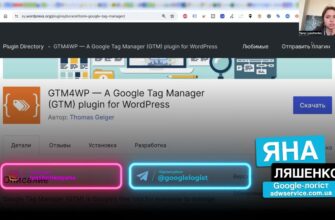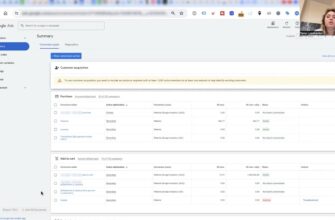- What are the benefits of a large semantic core?
- The main ways to expand the semantics for contextual advertising
- Building words
- Transliteration
- Mispelled words
- Abbreviations
- Numbers
- Prepositions and conjunctions
- Query synonyms
- Non-obvious methods of extending the semantic core
- Advertising by competitors’ brands
- Keyword multiplication
- Useful services for expanding semantics
- Keyword Planner
- Key Collector
- Serpstat
There is a misconception that in contextual advertising, the cream is skimmed off by those who manage large budgets. In fact, advertisers who find semantic niches not occupied by competitors win.
When compiling a list of keywords, it will not be possible to immediately cover the entire range of suitable phrases. It needs to be constantly worked on. And the final coverage of the target audience depends on how well you do it. Working through the keywords, you can always find additional or implicit keywords that customers enter when searching for your product or service.
Later in the article, we will tell you how to expand the semantic core for contextual advertising in order to attract as many users as possible to the site.
How many calls and sales will I get by ordering contextual advertising from you?
I need to calculate the conversion of my website Describe
the task
in the application
Calculate potential ad revenue Google
contextual advertising calculator
What are the benefits of a large semantic core?
One of the main problems that sellers of popular products face is high competition.
Help! In an overheated auction, bids for impressions on targeted queries sometimes skyrocket to catastrophic levels – participation in the auction loses all meaning, and advertising becomes unprofitable.
The winner is not those who try to compete for such key phrases, but advertisers who, having shown ingenuity, stand out from competitors and expand the semantic core.
The techniques of working with semantics described in this article are applicable and work great, including in areas with relatively low competition (for example, the sale of high-tech medical equipment).
The main ways to expand the semantics for contextual advertising
Synonyms and similar formulations within the same subject are usually almost indistinguishable in meaning for us. But for search algorithms, each word or phrase is unique. Our work will be based on the knowledge of these seemingly insignificant nuances. Let’s consider standard ways of expanding semantics for contextual advertising.
Building words
Search engines do not combine single-root words and take into account the frequency for each of them separately. For various parts of speech – noun, adjective, gerund, verb, etc. – the frequency is calculated. Therefore, for each key, create all possible forms that your target audience can use.
Here are some examples. The formation of adjectives from nouns – “for children” + “childish”, “from wood” + “wooden”, as well as verbs – “buy” + “purchase”, and vice versa – “order” + “order”.
Single-root words with different prefixes are also independent keywords – “download” + “upload”, “payment” + “prepayment”.
Transliteration
Users sometimes enter foreign names in the search box in Cyrillic. For example, “Bosch” instead of “Bosch” or “Louis Vuitton” instead of “Louis Vuitton”.
You can find such variants of key phrases by analyzing the hints that the system gives when writing a query, as well as recommendations under the search results:

Mispelled words
This source of targeted traffic is often underestimated by advertisers. Despite the fact that the service corrects the error automatically, the ad is shown when the key exactly matches the user’s request:
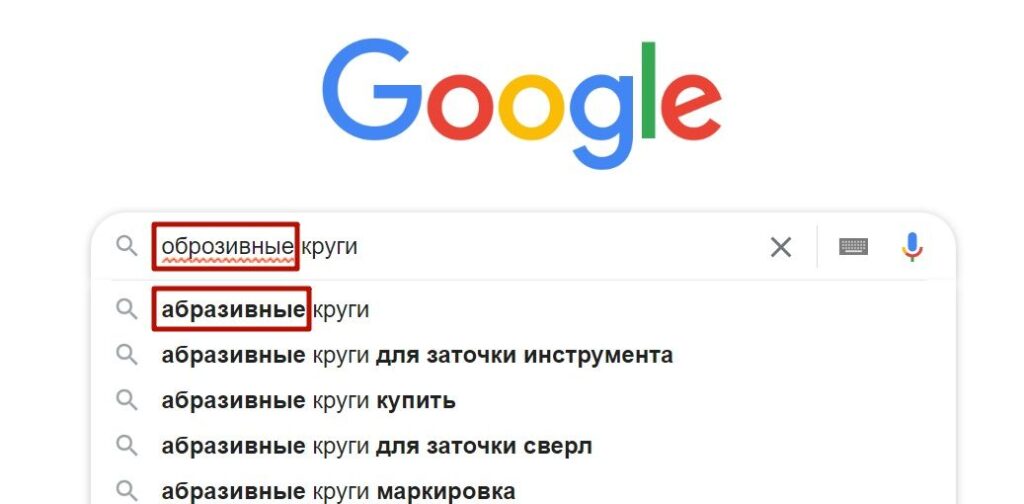
If the user forgot to switch the keyboard layout and entered a Russian-language query in the “English” mode, the algorithm will still process it and display the ad on the screen. Therefore, it is important to remember about such options.
Abbreviations
While we select queries that correspond to generally accepted literary norms, our potential clients use abbreviations and simplifications, often incomprehensible and non-obvious. Do not forget about them when compiling the semantic core:
How many calls and sales will I get by ordering contextual advertising from you?
I need to calculate the conversion of my website Describe
the task
in the application
Calculate potential ad revenue Google
contextual advertising calculator
- “by bank transfer” + “by bank transfer”;
- “legal entities” + “legal entities” and “legal entities” faces”;
- “technical passport” + “technical passport”;
- “social network” + “social network”.
Numbers
Think about how your potential customers can quantify information when entering a query, and use whatever you can think of:
- “one-room” + “one-room”, “1-room” and “one room”;
- “1 kg” + “1000 g”, “1 kilogram” and “kilogram”;
- “19” + “nineteen”, “19” and “nineteen”.
Prepositions and conjunctions
In those situations where prepositions or conjunctions do not change the meaning of the phrase (for example, “pizza delivery Kyiv” and “pizza delivery in Kyiv”), they should be removed from exact match phrases. Otherwise, the user will not see the ad by entering a search query without a preposition.
Query synonyms
The most complex and creative method of expanding the semantic core is the search for synonyms. It is not always possible to quickly come up with several alternative names for a promoted product. Brainstorming comes to the rescue when you write down everything that comes to mind, and then exclude inappropriate options.
It will not be superfluous to analyze how your real audience found you. You can also focus on competitors.
Non-obvious methods of extending the semantic core
We talked about the classic tricks that allow you to expand the semantics for contextual advertising. But sometimes they are not enough. In this case, non-obvious methods help, which recommend using professional PPC specialists.
Advertising by competitors’ brands
Those who search for a competitor’s product and enter the name of the corresponding brand in the search box can be shown your ad.
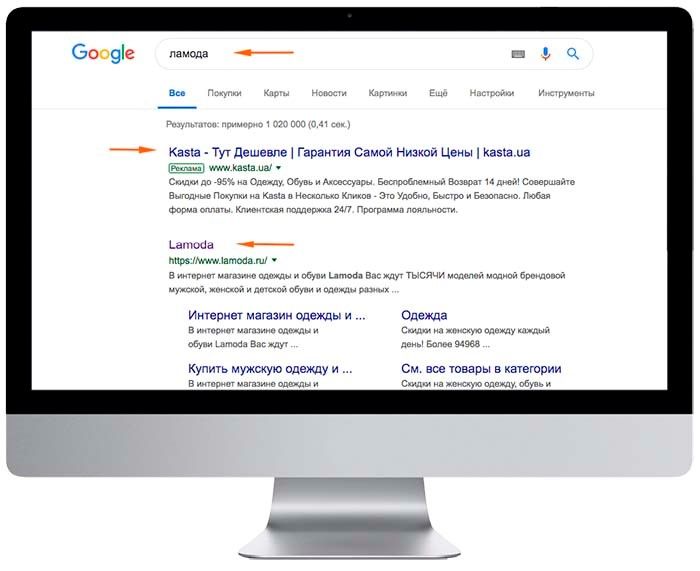
Why is it necessary to do this? First of all, because such a client belongs to the “hot” ones. He is most likely ready to make a purchase. And advertising on competitors’ brands allows you to increase your brand awareness and increase traffic.
Keyword multiplication
By crossing different characteristics of the promoted product, you can significantly expand your reach. The most commonly used parameters to be multiplied are:
- type of service or product – oven installation;
- brand – Zanussi / Bosch / Electrolux;
- variety – gas / electric;
- condition – turnkey / inexpensive;
- Geolocation – If the business is not local, then this option should be used.
You can automate the multiplication of words using specialized online platforms. For example, such as the Bukvarix combinator:

Important! When using additional programs to expand the semantic core, remember that in addition to useful queries, they also generate “garbage” ones. Therefore, always control the result by monitoring search results and frequency.
Useful services for expanding semantics
Useful tools help to facilitate the work and quickly expand the semantic core for contextual advertising. Consider the most interesting of them.
Keyword Planner
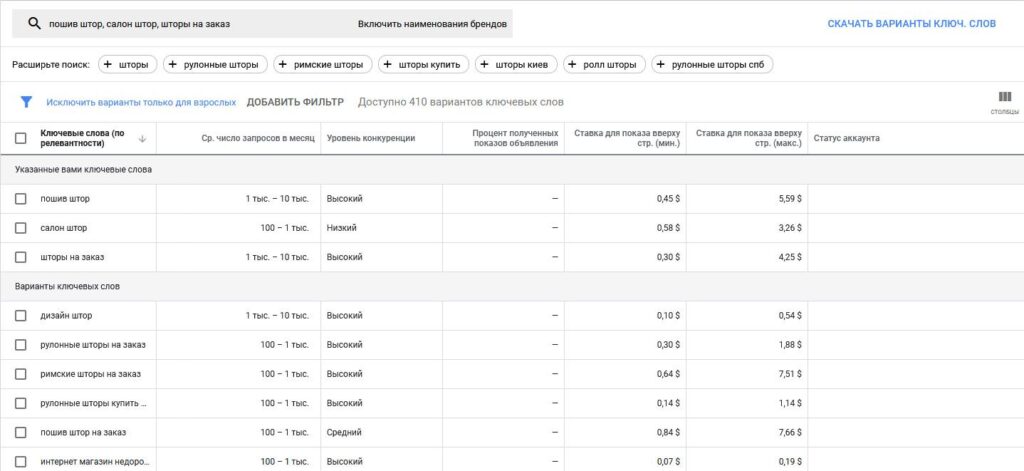
You can use the service directly from your Google Ads advertising account. In the Planner, you can pick up new keywords and evaluate their potential in terms of traffic. The program implements the export of keys to a Google advertising campaign in one click.
Key Collector
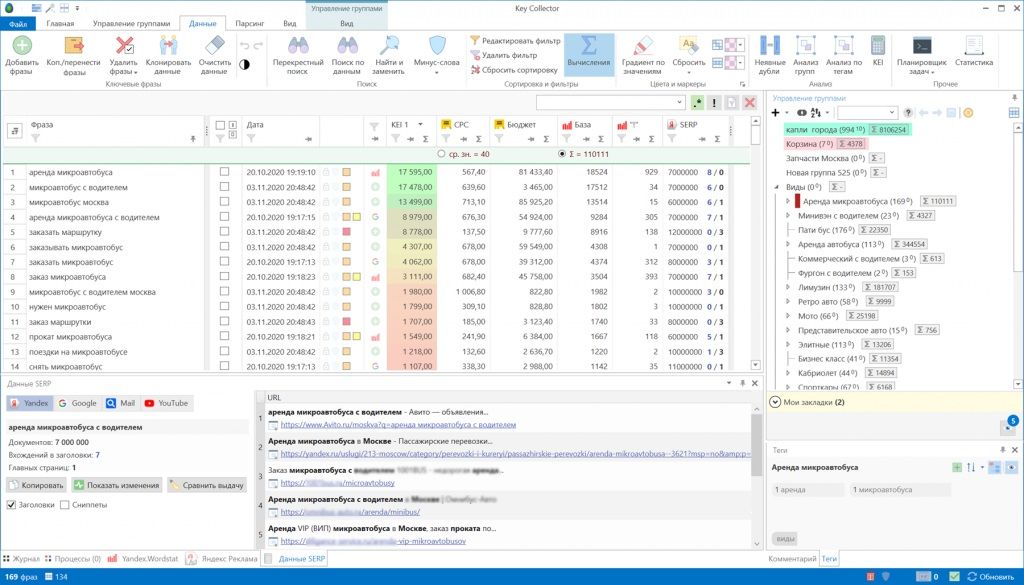
This professional service provides a whole range of opportunities for collecting and expanding the semantic core, analyzing the frequency of key queries and working with search suggestions. It is quite easy to unload prepared semantics for subsequent use in other systems from Key Collector.
Serpstat
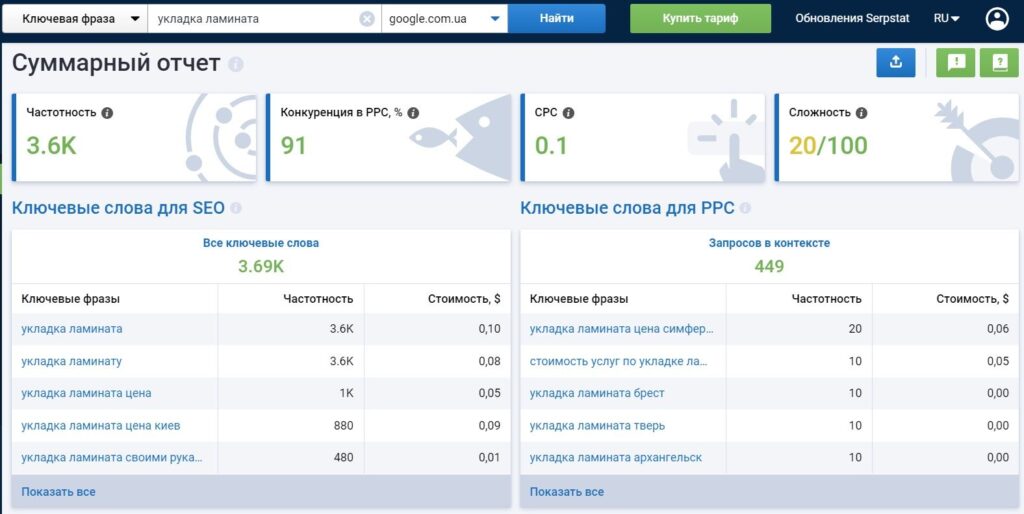
The tool is designed to collect information about competitors’ advertising campaigns: keywords, ads, traffic and budget. Such data can be useful both for the formation of a marketing strategy as a whole and for supplementing the semantics with new phrases.












